24-hour hotline:+8613662168047
Keyword search: battery plant , lithium battery factory , power bank works , lifepo4 battery mill , Pallet Trucks LiFePO4 Battery, LiFePO4 Pallet Trucks Battery, Lithium Pallet Trucks Battery,
Reasons for Excessive Internal Resistance of Lithium Batteries and How It Affects Their Performance
With the rapid development of science and technology, the application range and significance of lithium batteries are self-evident. However, in our daily lives, problems and accidents related to lithium batteries are constantly emerging, which always bother us. In view of this, the editor has specially compiled an analysis of the reasons for excessive internal resistance of lithium batteries and corresponding solutions, hoping to provide convenience for everyone.
Internal resistance is one of the important indicators for evaluating the performance of lithium batteries. The testing of lithium battery internal resistance includes AC internal resistance and DC internal resistance. For single cells, the AC internal resistance is generally used for evaluation, which is usually referred to as ohmic internal resistance.
However, for large lithium battery pack applications, such as the power system used in electric vehicles, due to limitations in testing equipment and other aspects, it is not possible or convenient to directly test the AC internal resistance. Generally, the DC internal resistance is used to evaluate the characteristics of the battery pack. In practical applications, the DC internal resistance is also often used to evaluate the health status of the battery, predict its lifespan, and estimate the system state of charge (SOC), output/input capabilities, etc.
Analysis of Reasons for Excessive Internal Resistance of Lith Lithium Batteries
I. Process Aspects
(1) Insufficient amount of conductive agent in the positive electrode mixture (poor electrical conductivity between materials, as the conductivity of lithium cobalt itself is very poor).
(2) Excessive amount of binder in the positive electrode mixture (binders are generally polymeric materials with strong insulating properties).
(3) Excessive amount of binder in the negative electrode mixture (binders are generally polymeric materials with strong insulating properties).
(4) Uneven dispersion of the mixture.
(5) Incomplete dissolution of the binder solvent during mixing (it cannot be completely dissolved in N-methylpyrrolidone (NMP) or water).
(6) Excessively designed coating slurry surface density (resulting in a large ion migration distance).
(7) Excessively high compaction density of the lithium battery, over-rolling (the active material structure may be damaged due to over-rolling).
(8) Weak welding of the positive tab, resulting in virtual welding.
(9) Weak welding or riveting of the negative tab, resulting in virtual welding or desoldering.
(10) Loose winding, resulting in a slack core (increasing the distance between the positive and negative electrode sheets).
(11) Weak welding between the positive tab and the battery case.
(12) Weak welding between the negative tab and the pole.
II. Material Aspects
(1) High resistance of the positive electrode material (poor electrical conductivity, such as lithium iron phosphate).
(2) Influence of the diaphragm material (small thickness, low porosity, and small pore size of the diaphragm).
(3) Influence of the lithium battery electrolyte material (low electrical conductivity and high viscosity).
(4) Influence of the polyvinylidene fluoride (PVDF) material in the positive electrode (excessive amount or large molecular weight).
(5) Influence of the conductive agent material in the positive electrode (poor electrical conductivity and high resistance).
(6) Influence of the positive and negative tab materials (thin thickness, poor electrical conductivity, uneven thickness, and poor material purity).
(7) Poor electrical conductivity of copper foil and aluminum foil materials or the presence of oxides on their surfaces.
III. Other Aspects
(1) Deviation of the lithium battery internal resistance testing instrument.
(2) Human operation.
(3) Usage environment of the lithium battery.
How Does Internal Resistance Affect the Performance of Lithium Batteries?
The ohmic internal resistance (R) of a battery is composed of the resistance of electrode materials, electrolyte, diaphragm, and the contact resistance of various components (some explanations also include membrane resistance). When a certain current passes through, the polarization potential can be calculated as E = IR (ohm).
According to the results of electrochemical impedance spectroscopy (EIS) testing of lithium batteries, the AC internal resistance of the battery is similar to the ohmic resistance, but the DC internal resistance includes both the ohmic internal resistance and the activation impedance. Therefore, in general, the determination of the DC internal resistance is of great significance.
The Repair Prospect of Lithium Batteries
When the internal resistance of a rechargeable battery increases, it indicates that the charging/discharging performance of the battery with increased internal resistance has deteriorated. When a battery has been used for a long time, mainly the substances that undergo the discharging reaction inside the battery decrease, and the battery enters the end-of-life period. It can be used in electrical appliances with a small working current for a period of time. Once the internal resistance increases, it cannot be restored and can only be replaced.
Moreover, the cost of lithium battery packs is relatively high, and 80% of them have extremely high maintenance value, thus forming a very large maintenance market, which is currently relatively blank. Entering the lithium battery repair business, especially the repair of electric vehicle lithium batteries, is very promising and has good prospects at present.

Lithium Batteries ,Ensure Quality
Our lithium battery production line has a complete and scientific quality management system
Ensure the product quality of lithium batteries
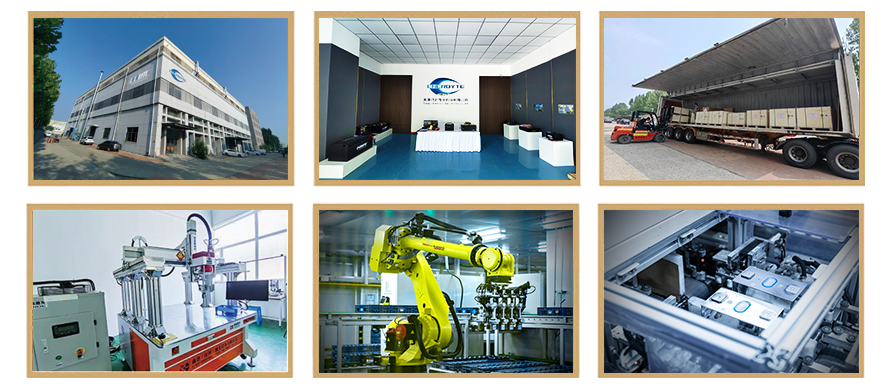
Years of experience in producing lithium batteries
Focus on the production of lithium batteries
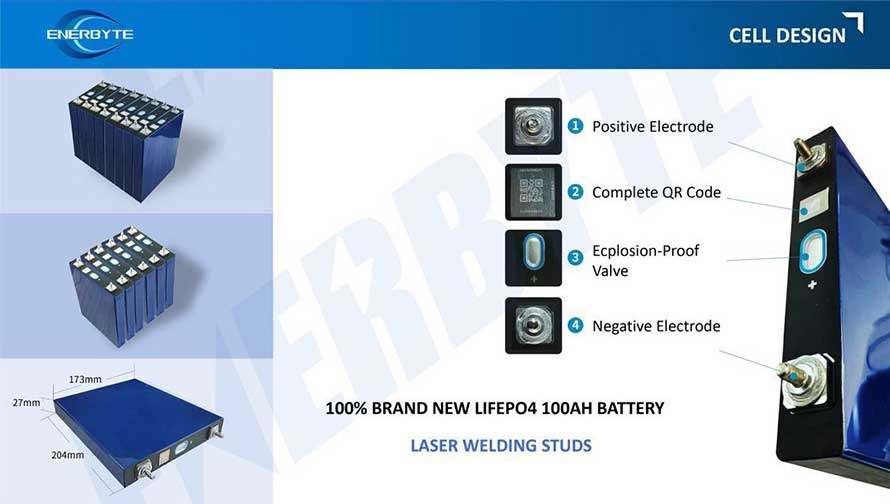
WE PROMISE TO MAKE EVERY LITHIUM BATTERY WELL
We have a comprehensive explanation of lithium batteries
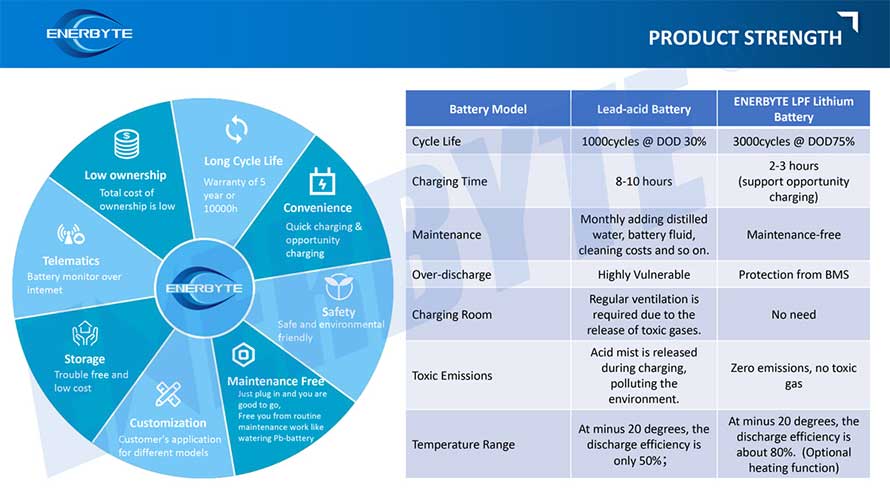
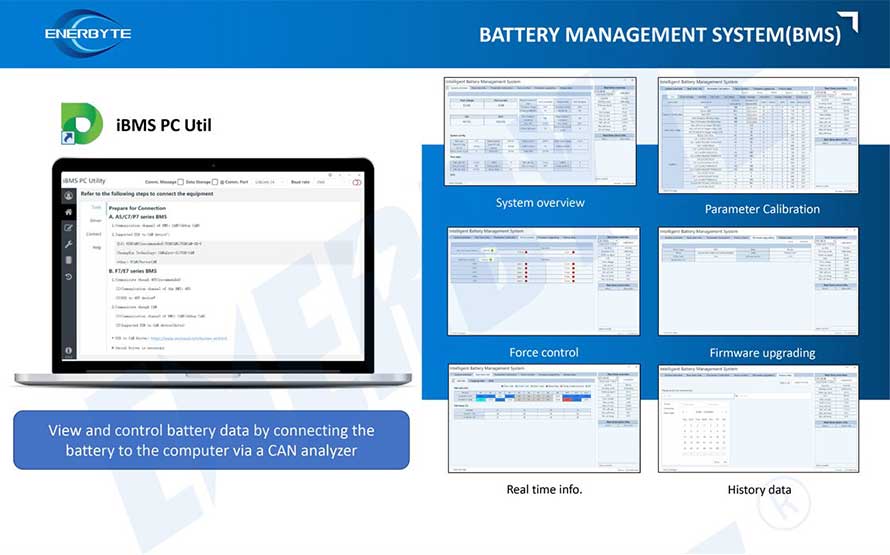
QUALIFICATION CERTIFICATE
THE QUALITY OF COMPLIANCE PROVIDES GUARANTEE FOR CUSTOMERS
MULTIPLE QUALIFICATION CERTIFICATES TO ENSURE STABLE PRODUCT QUALITY
Providing customers with professional and assured products is the guarantee of our continuous progress.
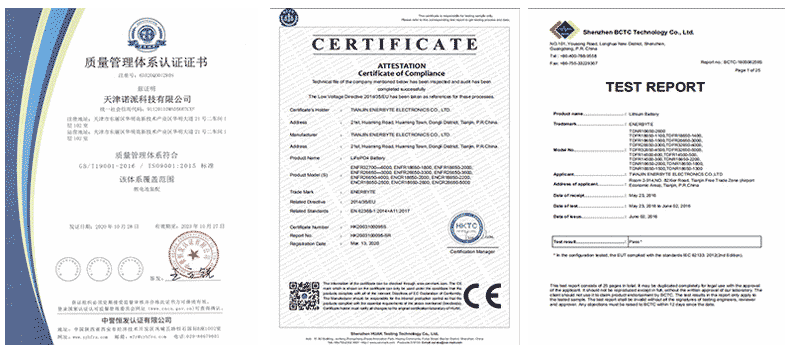
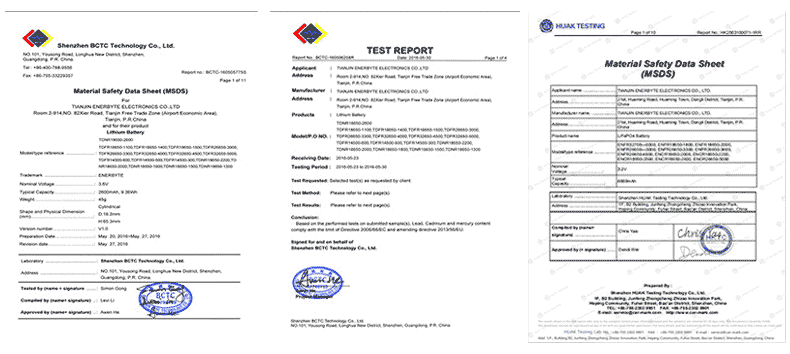
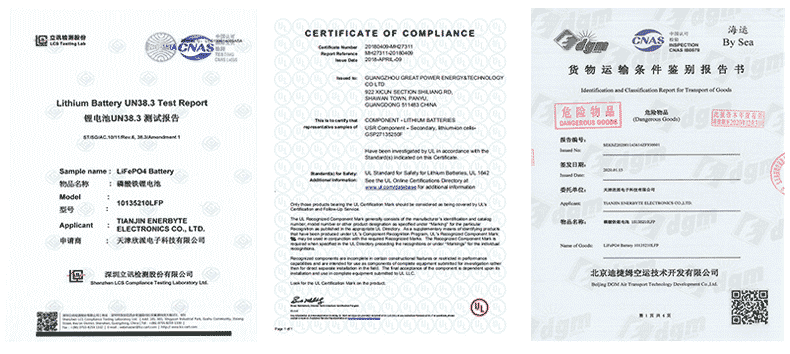

Applicable brands of our products


 Service hotline
Service hotline